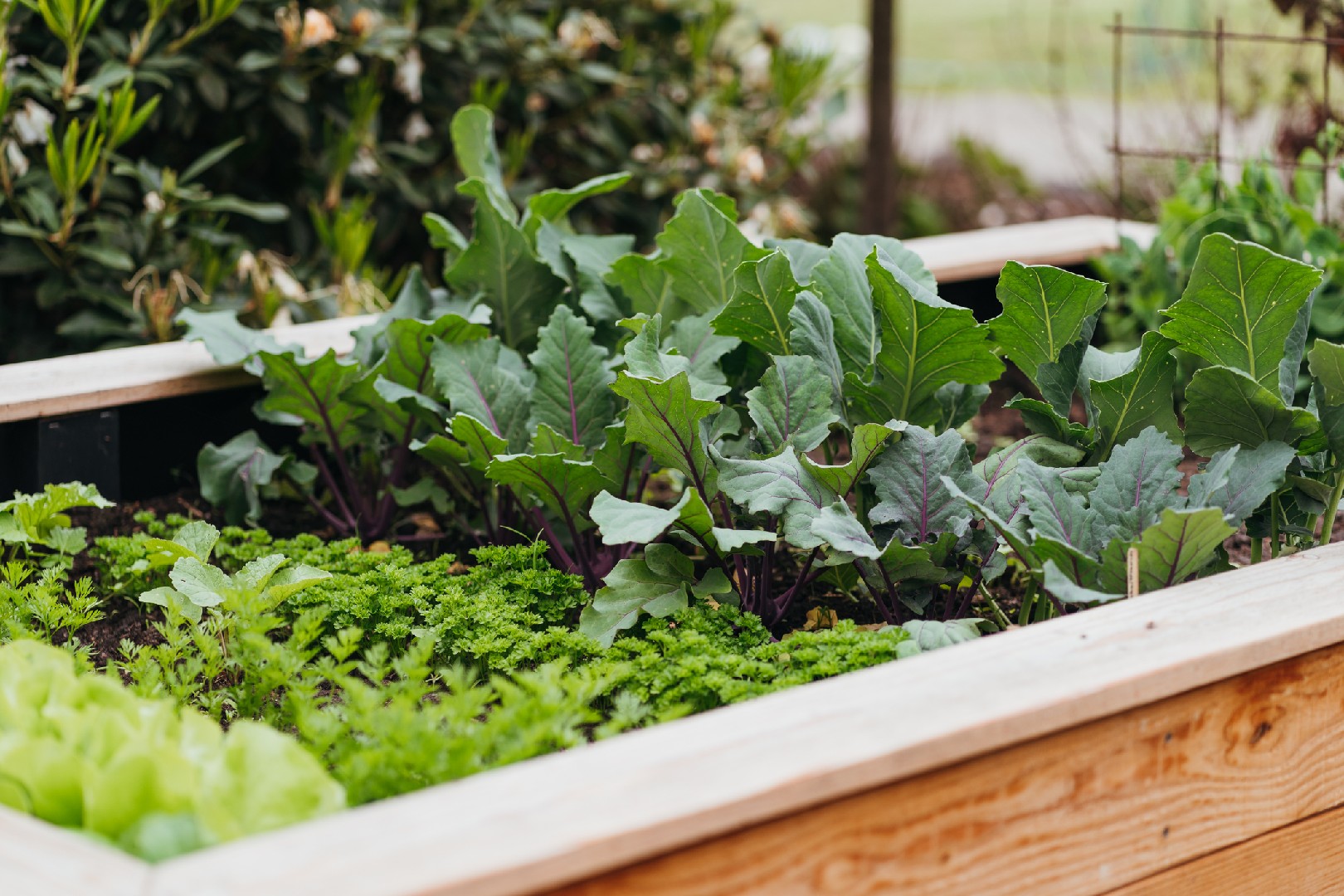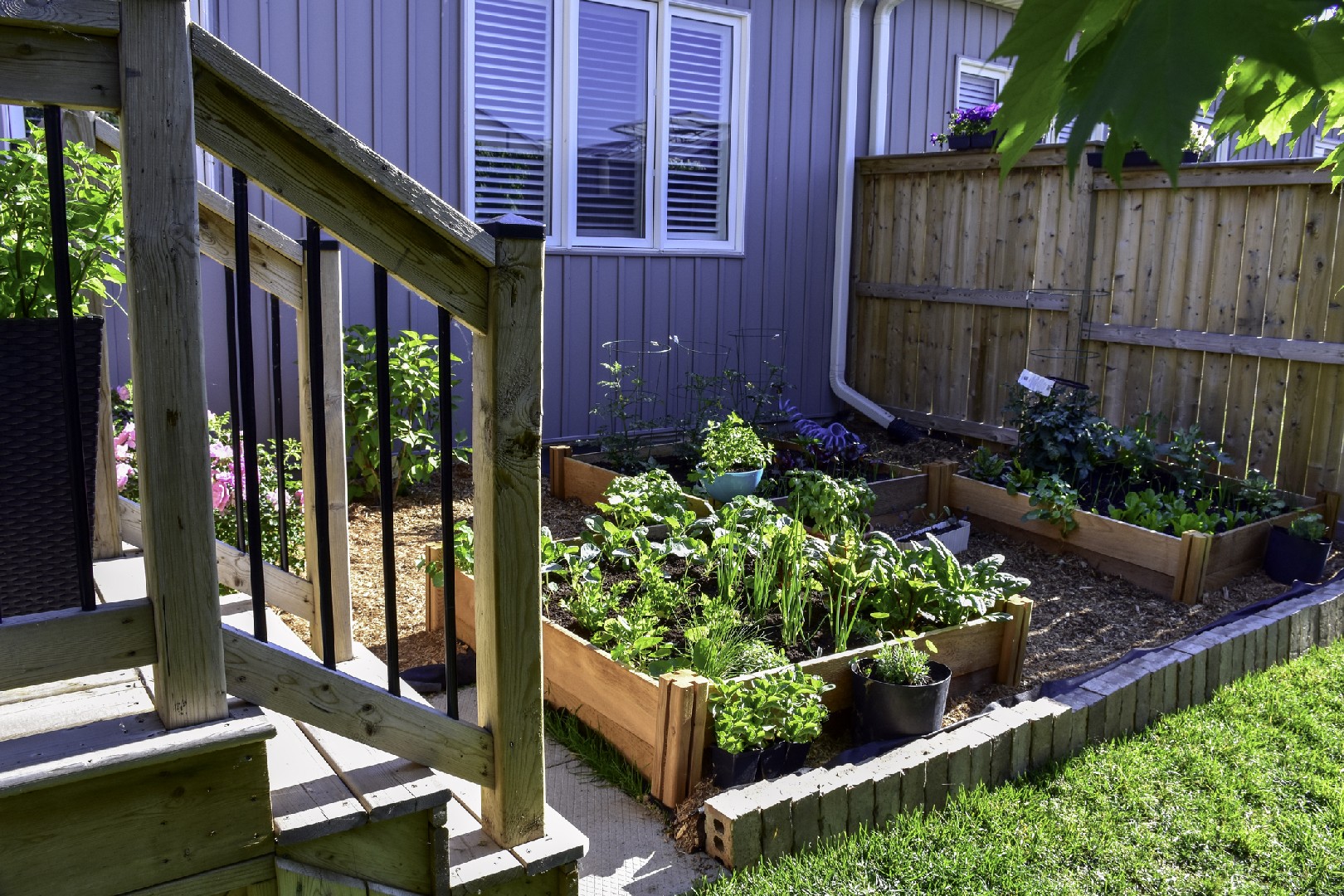![Rectangle]()
The Importance of Layout and Planning
In order to maximize the yield of your vegetable garden, it is crucial to have a well-planned layout. The layout of your garden determines how efficiently you can use the space available, and it plays a significant role in reducing wastage and ensuring healthier, more abundant crops. By strategically planning your garden layout, you can optimize the use of sunlight, water, and nutrients, leading to higher productivity.
One essential aspect of garden planning is understanding the needs of different vegetables and grouping them accordingly. Some vegetables thrive in full sun, while others prefer partial shade. By placing sun-loving crops like tomatoes, peppers, and eggplants in areas with maximum sunlight, and shading crops like lettuce, spinach, and herbs where they won't be exposed to intense sunlight, you can ensure that each plant is getting the ideal amount of light.
Another technique to consider is companion planting. Companion planting involves growing different plants together that benefit each other in some way. For example, planting marigolds next to your tomatoes can help repel pests like aphids and nematodes. Similarly, planting basil alongside your peppers can improve the flavor of the peppers while deterring pests. Companion planting not only helps with pest control but can also enhance pollination and increase the yield of your vegetables.
One practical tip for efficient space utilization is to use vertical gardening techniques. By growing climbers like cucumbers, beans, and peas on trellises or stakes, you can make use of vertical space and free up ground space for other crops. Additionally, interplanting fast-growing vegetables like radishes, lettuce, or spinach between slower-growing plants allows you to maximize space while harvesting your crops before the larger plants need the space.
Keeping a garden journal can also be incredibly helpful for planning future layouts. By recording the successes and failures of each growing season, you can learn from your experiences and make adjustments for the next year. This will enable you to fine-tune your garden layout and maximize productivity over time.
In summary, a well-planned garden layout is essential for maximizing the yield of your vegetable garden. By understanding the needs of different vegetables, practicing companion planting, utilizing vertical gardening techniques, and keeping a garden journal, you can make the most efficient use of space, reduce wastage, and ensure healthier, more abundant crops. So take the time to plan your garden layout carefully, and you'll reap the rewards of a bountiful harvest.





